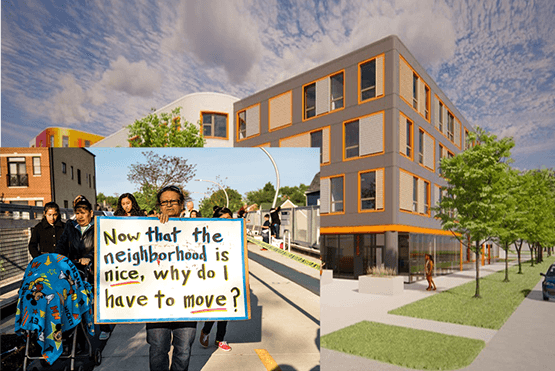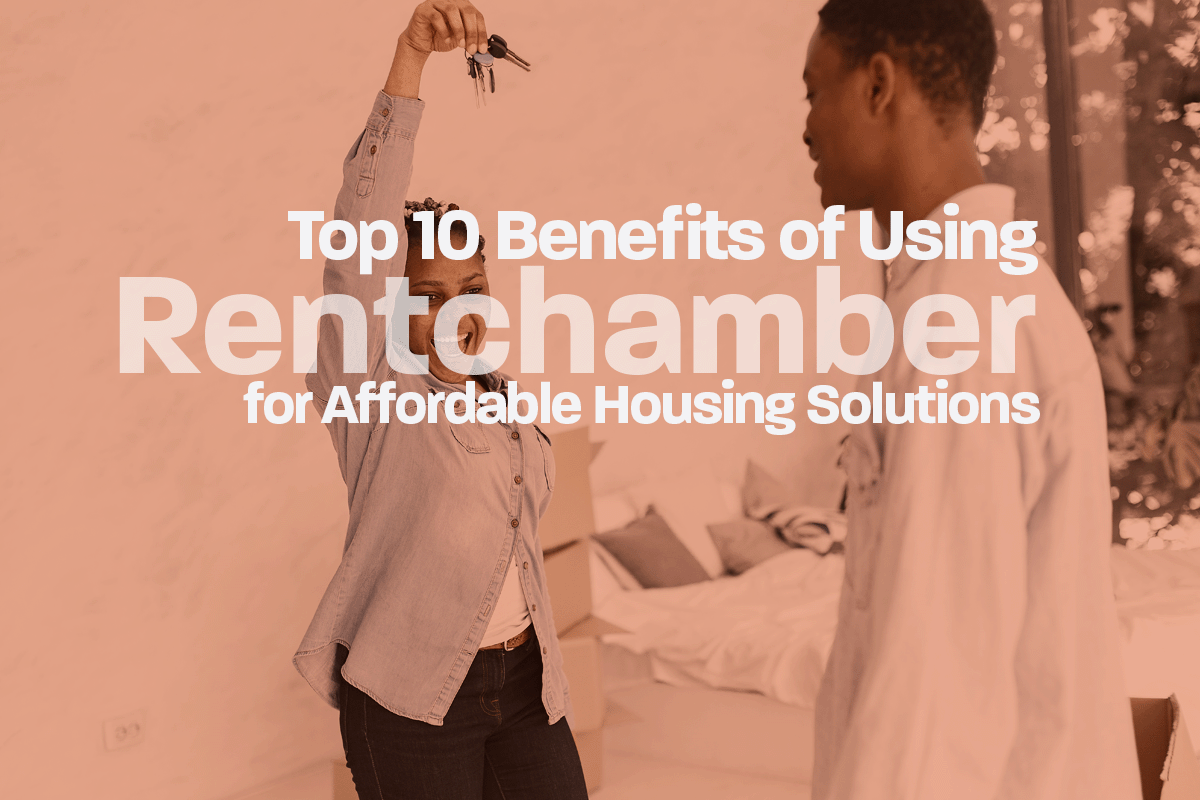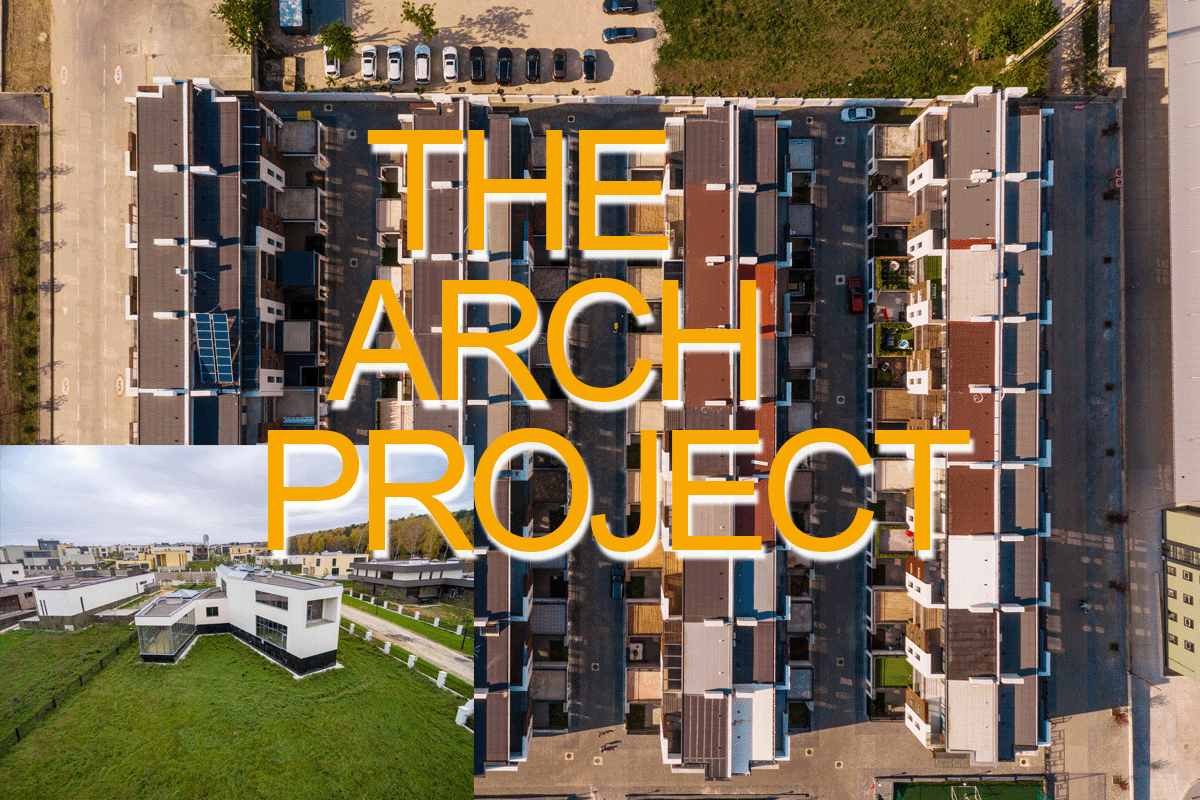In the dynamic realm of urban development, the intricate equilibrium between gentrification and the preservation of affordable housing stands as a pressing global concern. As we maneuver through the intricacies of urban expansion, it is crucial to embrace a holistic approach that aligns economic advancement with the conservation of socio-economic diversity.
Understanding Gentrification
Gentrification, often seen as a double-edged sword, brings both positive and negative impacts. “Urban renewal” and the influx of investments can enhance a neighborhood’s aesthetics and amenities. However, the downside is the potential displacement of long-time residents due to rising property values and living costs.
The Socio-Economic Impact
Positive Aspects
We acknowledge the positive aspects that gentrification can bring to a community. Improved infrastructure, increased safety, and enhanced cultural offerings are key benefits. This influx of resources can attract businesses, driving economic growth and creating job opportunities.
Negative Aspects
Conversely, the negative impacts cannot be ignored. The displacement of lower-income families and the erasure of cultural identities can lead to social unrest. It’s essential to strike a balance that fosters growth without compromising the well-being of existing residents.
The Role of Affordable Housing
Creating Inclusive Housing Solutions
Affordable housing: a cornerstone in this discussion, plays a pivotal role in maintaining the socio-economic fabric of a community. By implementing inclusive housing policies, we can ensure that the benefits of urban development are accessible to all residents, not just those with higher incomes.
Community Engagement and Empowerment
To address the challenges posed by gentrification, we advocate for robust community engagement and empowerment initiatives. Communities must be active participants in the decision-making processes that shape their neighborhoods. By fostering a sense of ownership, residents can collectively influence the direction of development.
Best Practices in Balancing Gentrification and Affordable Housing
Zoning Regulations
Implementing “smart zoning regulations” is crucial. By designating specific areas for both commercial and residential development, cities can channel growth strategically. This approach prevents unchecked gentrification while preserving affordable housing options.
Incentivizing Affordable Housing Projects
Governments and private developers should be encouraged to invest in affordable housing projects through incentives. Tax breaks, grants, and streamlined permitting processes can stimulate the creation of housing options that cater to diverse income levels.
Rent Control Measures
“Rent control measures” can act as a safeguard against skyrocketing living costs. By capping rent increases, municipalities can protect vulnerable communities from being forced out due to financial constraints.
Case Studies: Successful Urban Development Models
Barcelona, Spain
Barcelona serves as a stellar example of a city that successfully navigated the challenges of gentrification. Through a combination of strict zoning regulations, community involvement, and the promotion of affordable housing, Barcelona has maintained its cultural vibrancy while embracing modernization.
Portland, Oregon
In Portland, a city known for its commitment to sustainability, a focus on mixed-use developments has allowed for economic growth without compromising affordable housing options. This intentional approach ensures that the benefits of development are shared equitably among all residents.
In final consideration
In conclusion, balancing gentrification and affordable housing preservation requires a multifaceted strategy that considers the economic, social, and cultural dimensions of urban development. Through smart zoning, community engagement, and incentivizing affordable housing initiatives, cities can achieve sustainable growth without sacrificing inclusivity.
As we progress into the future, it is crucial to learn from successful models like Barcelona and Portland, adapting their best practices to the unique needs of each community. By doing so, we can create cities that thrive economically while preserving the diversity and richness that make them truly vibrant.




